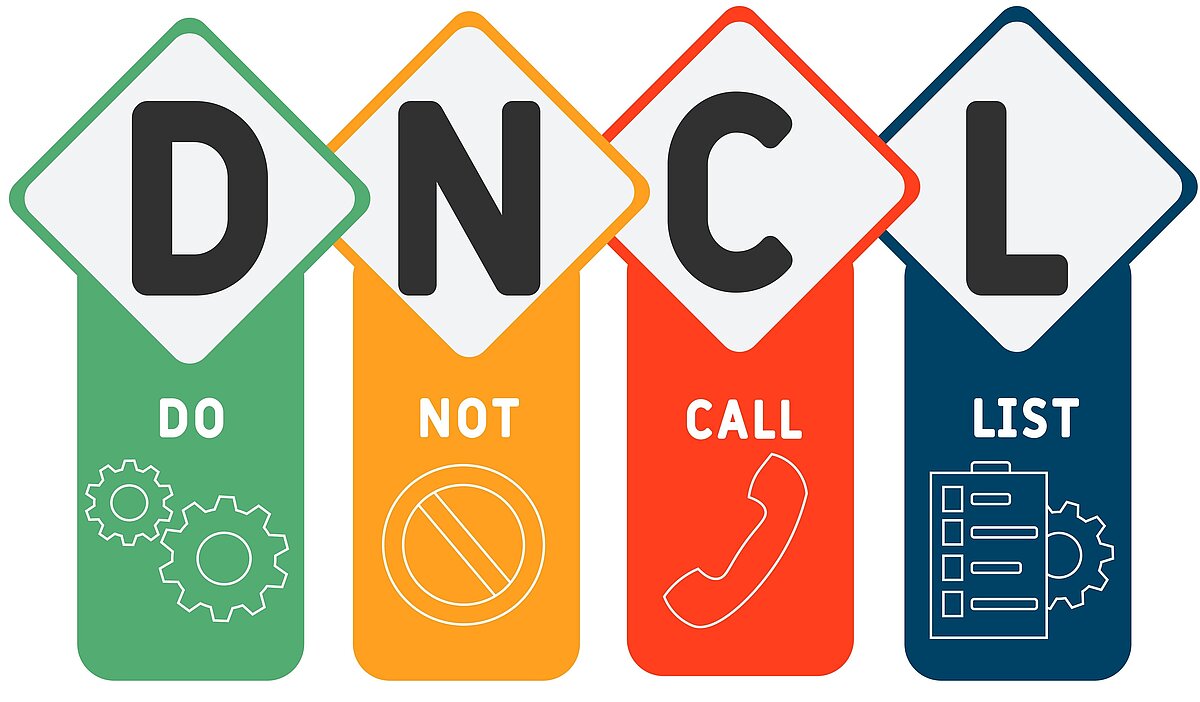When it comes to business development, one of the most crucial decisions is selecting the right type of leads for your sales team. Understanding the difference between cold and hot leads is essential for crafting effective telemarketing or telesales strategies and for making the most out of your marketing budget. Let’s break it down clearly.
What Are Cold Leads and Hot Leads?
Cold Leads
Cold leads are potential customers who are not yet familiar with your product or service. They haven't expressed direct interest and are often reached through cold calls, mass emails, or rented contact lists. Nurturing cold leads takes time, multiple interactions, and a strategic educational approach to guide them toward a purchase decision.
Hot Leads
Hot leads, on the other hand, are prospects who have already shown clear interest — perhaps by filling out a form, requesting information, or downloading promotional material. They are much closer to making a purchase and are significantly easier (and faster) to convert into customers.
Cost Comparison: Cold Leads vs Hot Leads
- Cold leads: cheaper per contact, but require more effort and a longer timeline to convert.
- Hot leads: more expensive to acquire, but offer a much higher and faster conversion rate.
In short: with hot leads, you invest more upfront but get quicker returns; with cold leads, the initial cost is lower, but the sales process is longer and more resource-intensive.
Which Strategy Should You Choose?
It all depends on your goals and the nature of your offering.
- If you sell complex solutions that require education (e.g., B2B software, industrial equipment), working with cold leads makes sense.
- If you offer well-known products or services with immediate appeal (e.g., subscriptions, online courses, e-commerce), focusing on hot leads will speed up your sales cycle.
How Quickly Can a Hot Lead Turn Cold?
Be careful: a hot lead can cool down quickly if not handled promptly. Fast follow-up is crucial, especially in industries where customers are comparing multiple options within hours. Timely action often means the difference between winning or losing a potential client.
Conclusion
Mastering the management of cold and hot leads is key to optimizing your sales approach. Both types have their strengths the right choice depends on your market, your business model, and your sales goals. E-Business Consulting is here to help: we specialize in providing high-quality cold lists and hot lead generation through targeted campaigns, promotional contests, and custom editorial projects. Get in touch with us today for a free consultation!














